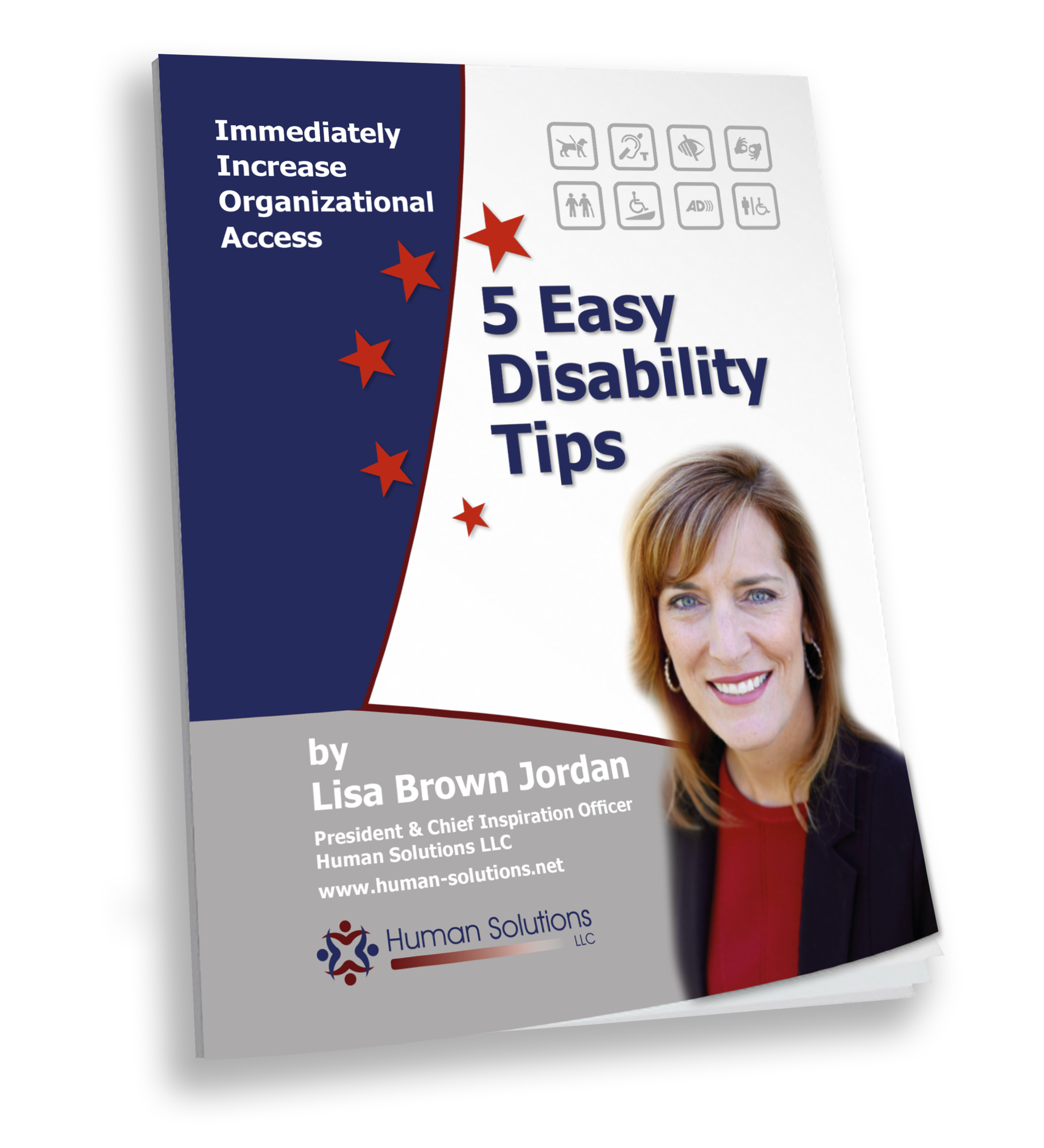Keep in mind that not all gaps need to be mentioned. These include gaps that lasted for a couple of months or occurred long ago. In such cases, it is… Click to read the full article
Disability & Work – Explaining Gaps in Employment
When it comes down to business, employers want to hire reliable people committed to their jobs. For this reason, most employers check for a progressive path through education and work… Click to read the full article
Disability Etiquette – Tip #7
Tip #7 – Be Sensitive to Hidden Disabilities If a person makes a request that seems out of the ordinary, it may be related to a hidden disability. Hidden disabilities… Click to read the full article
Disability Etiquette – Tip #6
Tip #6 – Ensure Accessibility Ensuring your facilities are safe and accessible to a wide variety of persons is one of the best ways to communicate an open and accepting… Click to read the full article
Disability Etiquette – Tip #5
Tip #5 – Use Empowering Terminology Always use person first language when referring to someone with a disability. Say “person with a disability” not “disabled person”. Avoid negative disempowering words… Click to read the full article
Disability Etiquette – Tip #4
Tip #4 – Communicate Effectively Always address a person with a disability directly. Don’t speak to his companion, assistant or sign language interpreter. The use of common expressions such as… Click to read the full article
